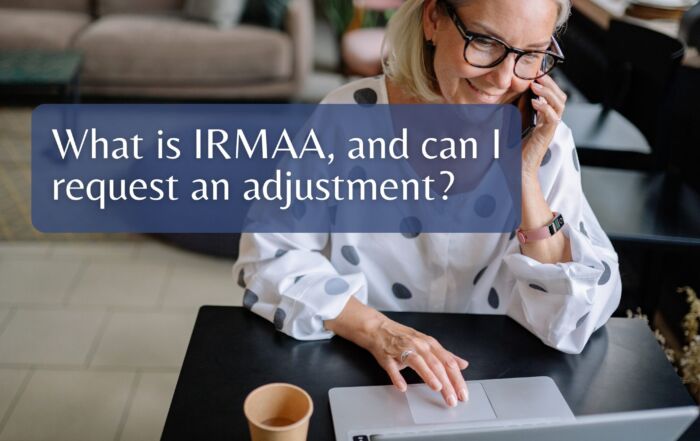
How much can I withdraw during retirement?
Determining how much and which accounts to withdraw from first during retirement may seem like an overwhelming process. You may have heard that the hardest part of climbing Mt. Everest is the way down. This is because hikers use up all of their resources summiting the mountain and don’t save enough energy for getting back down. This energy imbalance can be similar in retirement planning. Having spent your whole career climbing the mountain of wealth accumulation, through various contributions to 401ks, IRAs, Roths, Brokerage Accounts, Rental Properties and business growth, it can be overwhelming to no longer rely on a paycheck and depend upon your assets for the whole retirement journey.
It is projected that every day between 2014 and 2027, more than 10,000 baby boomers will reach age 65. This means that many of our clients either already have retired or will enter their retirement during the next six years. Some of the most common concerns we hear from these clients include anxiety over no longer having a paycheck and fears of running out of money in retirement. They rightly recognize that now that they are retired, it is necessary for them to adopt a different strategy and mindset from their pre-retirement years. So, what can they do to feel more comfortable living on what they have accumulated? The first thing is to ask good questions of their financial situation. Retirees should ask themselves:
- What type of retirement accounts do I have and how much can I live on?
- How much should I withdraw from my assets and from what account?
- What are the tax implications in retirement?
In 1994, William Bengen published his work on what is known as the 4% rule. The cliff notes version of this states that based on the average investor’s length of retirement and average stock and bond market returns over that same period, a retiree could safely withdraw 4% from a balanced portfolio (adjusted annually for inflation) and maintain financial health through retirement. There have been many new updates to this rule, and many advocates for and against it. While these “back of the napkin” projections may have worked somewhat well before the advent of software and during a time when manual calculations were critical, we can have much more precise numbers and projections today based on various scenarios provided through financial planning software programs. This means financial health prognoses during retirement can be much more individualized and accurate.
No matter the planning method, however, it is crucial to learn to live within your means. This requires creating an individualized spending zone based on everyday living expenses and needs. Once people start living outside those means, in order to maintain an unrealistic pre-retirement lifestyle or “keeping up with the Joneses” in retirement, it can be tough to reign in their habits which can eventually derail their financial freedom. It is often discussed that a good method is to shoot to live on 85% of your pre-retirement income. However, this is not always the case. A lot of people develop spending habits through their higher income years and do not adequately set up enough healthy savings habits. Lifestyle creep can be a real thing and it’s important to set goals early and stay focused on your overall plan even before retirement.
As we have mentioned in the past, we want a client’s mortgage paid off by retirement. Not only is this a great accomplishment that provides great peace of mind, but it is usually a significant portion of their monthly living expenses that they would no longer have to pay. When they are no longer paying others, they can focus on paying themselves. Once they have their debts paid off and emergency reserves set up, we can determine an appropriate amount to live on in retirement. In order to decide the appropriate spend down strategy, we must first calculate certain fixed income sources like social security and pensions. Then, the remainder is provided from the withdrawal rate on the portfolio.
Once you have determined the proper safe withdrawal amount, you next decide the appropriate spend down strategy from which accounts the funds will be withdrawn. The typical rule of thumb is the following:
- Start with the taxable account or brokerage including the stocks and bonds
- Next, the tax deferred assets like 401k and IRA
- Lastly, the tax-free assets like any Roth IRA funds
The idea is to withdraw from taxable accounts to receive preferential capital gains tax treatment while also allowing the tax deferred funds to continue growing. It should be noted, though, that you still might be required to withdraw a certain amount in IRA monies for the RMDs at age 72. If you use the Roth last, your income later in life would be minimal with just Social Security and those tax-free withdrawals. The other side of this is that the taxable ordinary income from IRAs could trigger a higher tax bracket which could then lead to higher taxes both with Social Security and Medicare Part B premiums, and capital gains and dividends moving forward.
This is why it is important to have tax diversification. At Wiser, we often recommend different allocations to traditional contributions as well as Roth contributions for our clients depending upon their personal circumstance and their income. We also work with retirees on Roth conversions from retirement age to around 72 when RMDs are required. What this does is provide tax diversification for different money buckets in retirement. If a client has a big year, then they can access some additional tax-free money to keep their tax bill down. Also, as we have mentioned in the past, with the passing of the SECURE act, non-spousal beneficiaries must deplete inherited qualified accounts like an IRA account within 10 years and may no longer stretch the IRA over their life expectancy. Having additional Roth funds provide for legacy planning.
There are other tax minimization strategies that can be discussed with your financial adviser and CPA. What is important is to set a plan during your working years that looks ahead to retirement to ensure you have financial freedom and peace of mind during retirement.
Matthews Barnett, CFP®, ChFC®, CLU®
Financial Planning Specialist
Share This Story, Choose Your Platform!
Wiser Wealth Management, Inc (“Wiser Wealth”) is a registered investment adviser with the U.S. Securities and Exchange Commission (SEC). As a registered investment adviser, Wiser Wealth and its employees are subject to various rules, filings, and requirements. You can visit the SEC’s website here to obtain further information on our firm or investment adviser’s registration.
Wiser Wealth’s website provides general information regarding our business along with access to additional investment related information, various financial calculators, and external / third party links. Material presented on this website is believed to be from reliable sources and is meant for informational purposes only. Wiser Wealth does not endorse or accept responsibility for the content of any third-party website and is not affiliated with any third-party website or social media page. Wiser Wealth does not expressly or implicitly adopt or endorse any of the expressions, opinions or content posted by third party websites or on social media pages. While Wiser Wealth uses reasonable efforts to obtain information from sources it believes to be reliable, we make no representation that the information or opinions contained in our publications are accurate, reliable, or complete.
To the extent that you utilize any financial calculators or links in our website, you acknowledge and understand that the information provided to you should not be construed as personal investment advice from Wiser Wealth or any of its investment professionals. Advice provided by Wiser Wealth is given only within the context of our contractual agreement with the client. Wiser Wealth does not offer legal, accounting or tax advice. Consult your own attorney, accountant, and other professionals for these services.





